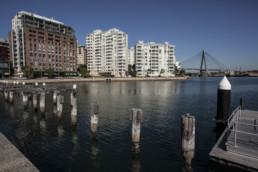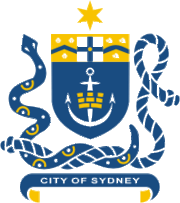Australia’s largest city is reducing emissions from its buildings sector by targeting existing and new apartment buildings for water and energy efficiency upgrades.
The Residential Apartments Sustainability Plan (RASP) is Sydney’s ambitious plan to improve resource efficiency across new and existing apartment buildings. When fully implemented, actions in RASP for new and existing apartment buildings could see a reduction in apartment-sector CO2 emissions by 40% and water consumption by 7% by 2030, as well as 70% of waste diverted from landfills by 2021. RASP aims to reach these targets through cost-effective energy efficiency projects and technologies spanning lighting, pool pumps and motors, heating, and ventilation systems. The plan seeks to teach owners and building managers to identify, approve, and implement projects, and to facilitate a Leadership Network for peer learning amongst stakeholders. RASP also addresses building owners’ concerns about the costs of retrofits by providing financial incentives for upgrades.
40% reduction in apartment-sector CO2 emissions by 2030
Cities100 – 2015
RASP builds on learnings from the Smart Green Apartments (SGA) pilot program, which upgraded 30 apartment buildings and verified that Sydney could reduce apartment-sector energy use by 30%. The SGA pilot achieved annual energy savings of 3,223 MWh and annual greenhouse emissions reductions of 3,191 tons. By scaling these results city-wide, Sydney can make impressive strides in energy efficiency in a short time.

The challenge
The apartment sector is responsible for 11% of Sydney’s emissions. With 73% of city residents living in more than 1,900 apartment buildings, RASP responds to the need for sector-specific action to drive down emissions and energy use in apartment buildings. By 2030, over 90% of new dwellings built will be high-rise buildings. While dense housing typically has a lower environmental impact, RASP ensures that these high-rises are built to prioritize energy efficiency.
Co-benefits
Economic The SGA pilot verified that projects generally show a payback of less than four years, saving individual apartment buildings up to an average of $66,013 per year.
Environmental By adopting actions from RASP, Sydney’s apartment sector stands to reduce water consumption by 7% by 2030.
Social RASP has encouraged cooperation and a shared sustainability vision among the city’s apartment managers, owners, and tenants.
About Sydney
Sydney is the state capital of New South Wales and the most populous city in Australia and Oceania. As of June 2016 Sydney’s estimated population was 5,029,768. Furthermore, 36 percent of the population reported having been born overseas. Despite being one of the most expensive cities in the world, the 2014 Mercer Quality of Living Survey ranks Sydney tenth in the world in terms of quality of living, making it one of the most livable cities.


